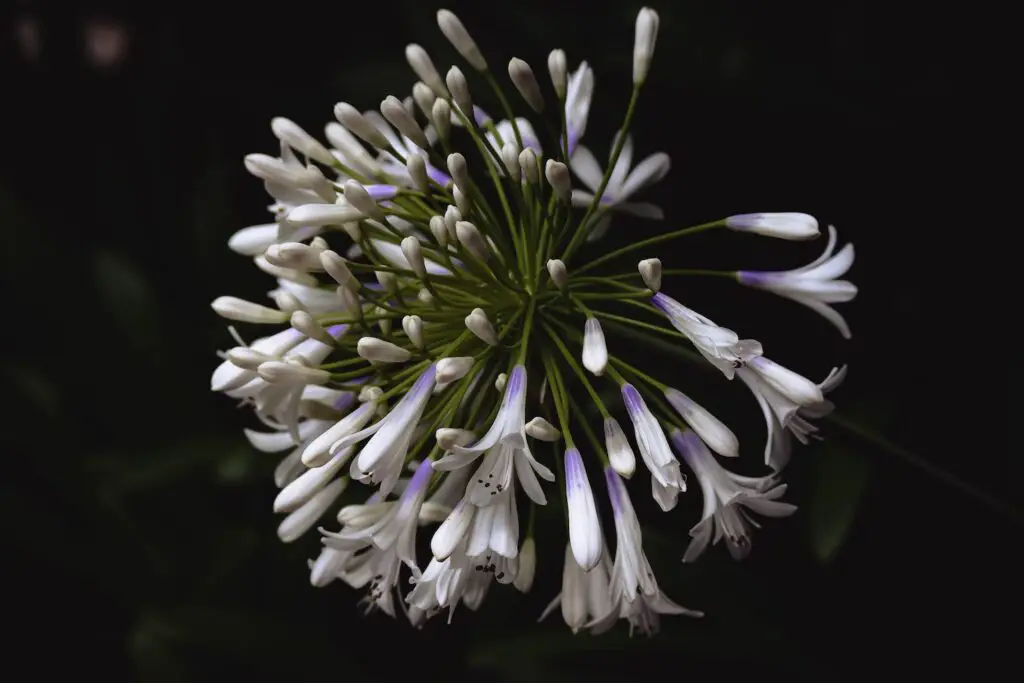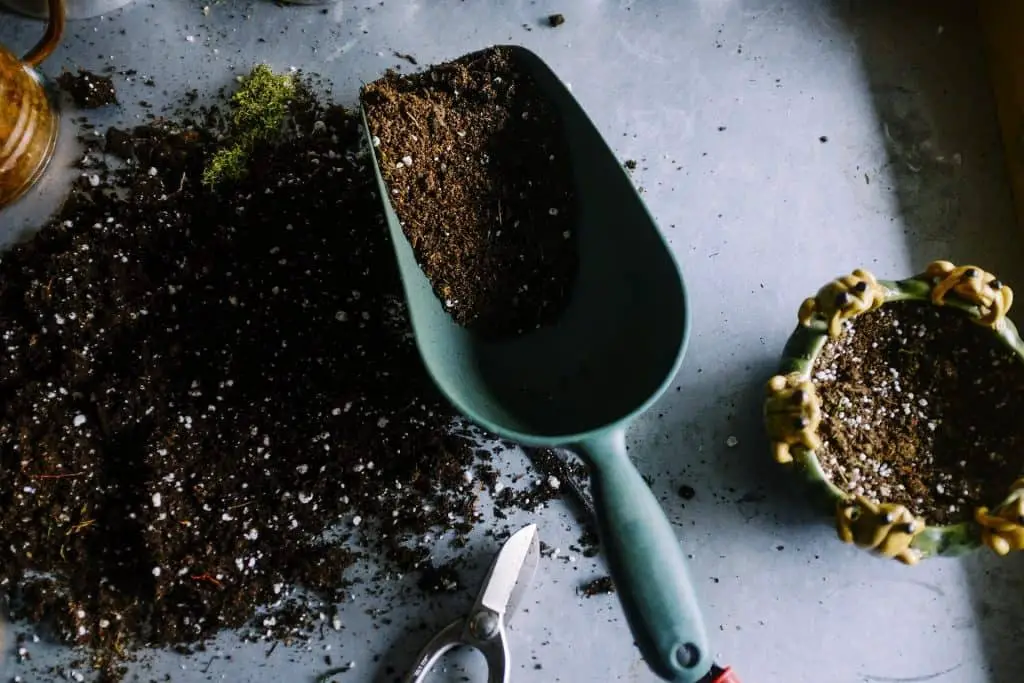Agapanthus neverland, also known as the dwarf Lily of the Nile, is a beautiful and versatile plant that can thrive indoors. With its stunning blue-purple flowers and lush green foliage, this plant adds a touch of elegance to any space. In this article, we will focus on growing Agapanthus neverland as an indoor plant.
Table of Contents
What is Agapanthus Neverland?
Agapanthus neverland is a dwarf variety of Agapanthus, a genus of flowering plants that belong to the Amaryllidaceae family. It is native to South Africa and is known for its compact size, reaching up to 30 centimeters in height. Its leaves are narrow and strap-shaped, and its flowers form clusters on sturdy stems.
The flowers of Agapanthus neverland bloom in mid-summer and continue to bloom until early autumn. The blooms are trumpet-shaped and range in colour from blue to purple. The plant prefers full sun to partial shade and can tolerate a range of soil conditions. It is also a low-maintenance plant that is easy to care for, making it an excellent choice for indoor gardening.


Growing Agapanthus Neverland Indoors
Agapanthus neverland can be grown indoors in containers or pots. Choose a container that is the right size for the plant, as this will affect its growth and development. A pot that is too small will restrict the plant’s growth, a pot that is too large will cause the soil to retain too much moisture, which can lead to root rot.
When choosing a pot, look for one that is slightly larger than the plant’s current container. The pot should have drainage holes at the bottom to allow excess water to drain away. Fill the pot with a high-quality potting mix that is well-draining and contains organic matter. Agapanthus neverland prefers slightly acidic soil, so you may need to amend the potting mix with sulfur or other acidifiers. Agapanthus neverland, needs to be placed in a bright spot that receives at least 4-6 hours of direct sunlight each day. The plant can tolerate some shade, but it will not bloom as well if it does not receive enough light.
Light, temperature and humidity requirements for Agapanthus neverland
Agapanthus neverland prefers bright, indirect light and can tolerate some direct sunlight, but should not be exposed to harsh, hot sunlight. It prefers temperatures between 60-75°F (15-24°C) and can tolerate cooler temperatures during the winter months. Humidity is not a major concern for this plant, but may benefit from occasional misting or being placed near a humidifier. Avoid placing the plant in a drafty or cold location, as this can cause it to wilt or suffer from leaf drop.
Watering and Fertilising
Agapanthus neverland prefers moist soil, but it does not like to sit in water. Water the plant when the top inch of soil feels dry to the touch. Use a watering can or hose to water the plant slowly, allowing the water to soak into the soil. Be careful not to get water on the leaves or flowers, as this can cause damage or disease.
During the growing season, which is typically from spring to fall (autumn), you can fertilise your Agapanthus neverland with a balanced fertiliser. Follow the instructions on the fertiliser package to determine the correct amount and frequency of application. Do not fertilise the plant during the winter months, as it is dormant at this time.
Pruning and Propagation
Agapanthus neverland does not need to be pruned, however you can remove spent flowers and dead leaves to keep the plant looking tidy. If the plant become large for its container, you can divide it and repot it into two or more containers. Carefully remove the plant from its pot, use a sharp knife or garden shears to divide the root ball into sections. Replant each section in a new pot with fresh potting mix and water thoroughly.


Pests and Diseases
Agapanthus neverland is generally a disease-resistant plant, but it can be affected by pests, such as mealybugs, spider mites, and aphids. These pests can be controlled by spraying the plant with a gentle soap solution or insecticidal spray.
Conclusion
Agapanthus neverland is a stunning and easy-to-care-for indoor plant that can add a touch of elegance to any space. With its beautiful blue-purple flowers and lush green foliage, this plant is a great choice for indoor gardening. Growing Agapanthus neverland indoors is simple, as it requires only bright, indirect light, well-draining soil, and regular watering. Additionally, this plant is generally disease-resistant, but it may be affected by pests such as mealybugs and spider mites. Overall, it is a great addition to any indoor plant collection and is sure to bring beauty and joy to any space.
